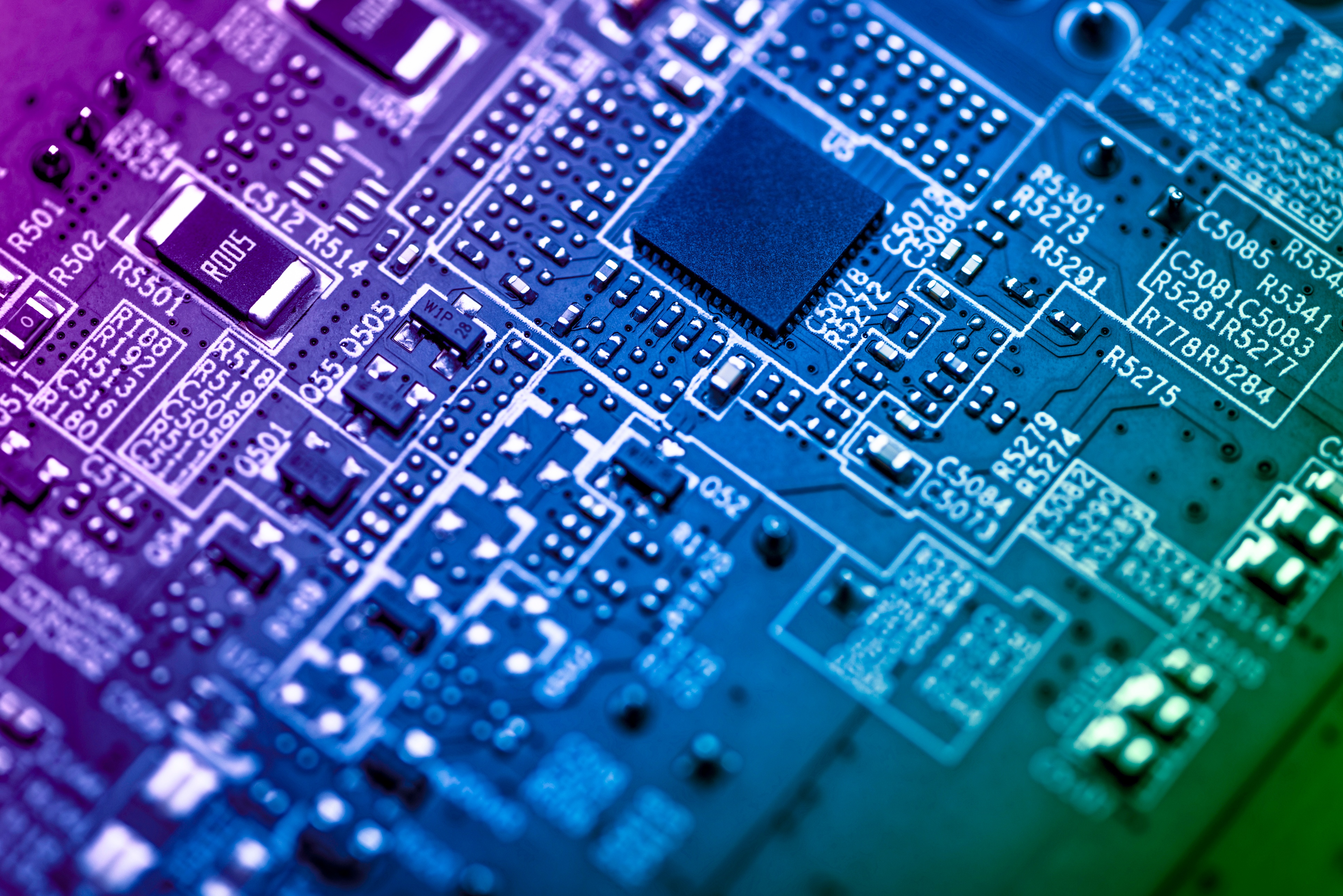
Greetings designers! Until to now, we have discussed Class 2 dielectric (usually ferroelectric) MLCCs. These are excellent capacitors, having a high very volumetric efficiency or capacitance per unit volume. But, as we have discussed in previous blog posts, they have some drawbacks, such as temperature and voltage sensitivity of capacitance, etc. In most cases, circuit designers can circumvent these issues and these devices are ideal for their applications. But what happens when you need high temperature or voltage stability, or when you cannot tolerate piezoelectric or micro-phonic effects or capacitance aging? In that case, there is a solution; you need a “first class” dielectric…you need Class 1 dielectric in your MLCC. Class 1 dielectrics will help you meet your stability needs at the expense of capacitance per unit volume, compared to Class 2 dielectrics.
Enter Class 1 Dielectric MLCC
Class 1 dielectric MLCCs are comprised of a different type of dielectric chemistry that does not exhibit ferroelectric behavior. They are generally termed linear dielectrics. Class 1 is an Electronics Industry Association (EIA) designation and these dielectrics are typically based on magnesium titanate, or calcium titanate, or neodymium titanate, or barium neodymium titanate or strontium calcium zirconium titanate materials, or the like. They are called “linear dielectrics” because their dipole response associated with changing electrical field is linear in character. These dielectrics are highly stable with respect to numerous environmental factors. They exhibit properties (primarily K and df) that do not change appreciably with changing temperature or voltage or pressure, or frequency, etc. Additionally, they do not age (i.e., loose capacitance over time), and they do not “buzz” or convert vibration to output signal noise. The most common designation within Class 1 dielectrics is the C0G. There are numerous other designations for Class 1 dielectrics as well, such as C0H, etc. More specifics about these designations may be found via the following link. C0G is the most common and the most stable EIA Class 1 dielectric designation. Many people (usually us “old timers”) still call it NPO, even though the two designations really shouldn’t be used interchangeably.
A Stable Ally
If you need a highly stable capacitor of value ~0.22 µF or less for your 100V or lower rated application, you should consider C0G MLCC (high voltage versions are available as well). These capacitors are very stable with respect to temperature (i.e., capacitance varies +/- <=30 ppm/C from -55C to +125C), they typically have dissipation factors (df) well less than 0.1% and they do not experience capacitance aging. They also have very low dielectric absorption and they do not exhibit significant piezoelectric or micro-phonic effects. Class 1 C0G MLCCs also typically have low ESR and relatively low ESL and are typically available in sizes from 2225 (EIA) down to 01005 (EIA). You will give up about 100 fold capacitance per unit volume with respect to Class 2 MLCC or tantalum capacitors, but Class 1 MLCC can have volumetric efficiencies that are equal to or better than film capacitors. C0G MLCCs are also highly reliable and can be quite robust mechanically, if the dielectric used is zirconate based (SCZT or the like).
Recent Developments
Just as with Class 2 dielectric MLCCs, Class 1 MLCCs have advanced over the years as well. C0G MLCCs are now available with base metal internal electrodes (BME) and with relatively thin layers (~4µm dielectric thickness or less) and with very high layer counts (over 300 layers in some cases). This has enabled a strong increase in capacitance per unit volume in C0G MLCCs, similar to the volumetric efficiency advances with Class 2 dielectric MLCCs discussed in previous blog posts. However, the dielectric constants are still relatively low (ranging from ~10 to ~100 in most cases) as compared to Class 2 dielectrics (which typically exhibit dielectric constants on the order of 3,000 or higher), so even though C0G MLCCs have advanced greatly, it is still about 100 fold less than Class 2 MLCC with regard to capacitance per unit volume.
Additionally, new SCZT (strontium calcium zirconium titanate) based dielectrics with either precious metal internal electrodes (PME) or base metal internal electrodes (BME) enable relatively high rated voltage per unit dielectric thickness. This has enabled highly robust C0G MLCCs such as an EIA 1206 (3216 metric) 50V rated 0.1 µF, for example, that is basically “bulletproof.” These dielectrics are robust with respect to temperature stability, df, and reliability. Finally, the advent of low K dielectrics combined with copper BME internal electrodes in a Class 1 dielectric MLCCs has enabled very high quality factor (Q) capacitors that are excellent for high frequency applications. These advancements have enabled the development of C0G MLCCs that are suitable for most needs at or below 0.22 µF.
First Class all the Way!
Class 1 dielectric MLCCs have advanced in a manner that is similar to Class 2 MLCCs. In the same vein as “A Farad on the Head of a Pin for Free,” you can now get more capacitance in a smaller package, for less $, all with higher voltage rating and better reliability. So when you need a stable, robust capacitor in the 0.22 µF or less range, always look for the C0G MLCC solution first, because Class 1 dielectrics are definitely First Class. TTFN!







